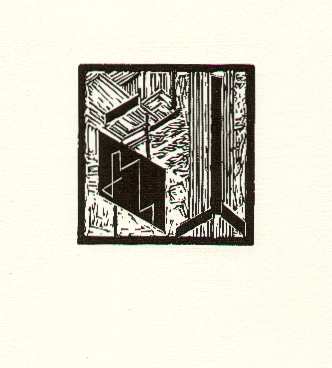





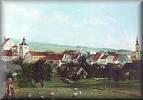

(Břeh Marny)
1895-1896
Na tomto obrazu vidíme na "druhém břehu" platany a platany jsou symbolickým stromem mystiků. Ale to je jenom zevní symbol, zřejmě aby obraz upoutal člověka znalého symbolů. Další symboly jsou, zřejmě, namalovány přímo na plátno a sice jako první malba a potom teprve byl vytvořen vlastní obraz. Tyto symboly jsou vidět jen při určitém, šikmém osvětlení.

39.4 x 37.8 cm, 1899
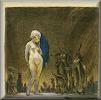
1900-1903
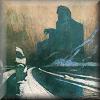
(Eponina vyjížďka - Radosti)
1901-1902
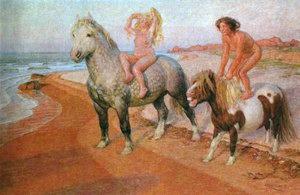
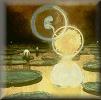






1903, 45 x 38.5 cm


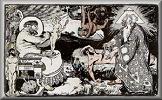
29.1 x 39.8 cm, 1906
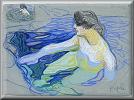
Le homme et la terre
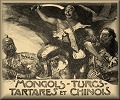
Le homme et la terre
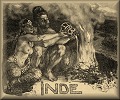
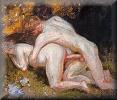

1905

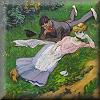
1905-1906
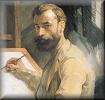
1906-1907
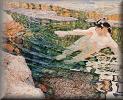
1907
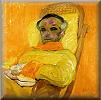
1905-1909
MAHJ, Paris


(c.1908)
Pastel on paper, 24 1 x 18 3# (62.2 x 47.5 cm)

1909

1909 - 1910
Oil on canvas, 150.1 x 180.8 cm.
Solomon R. Guggenheim Museum, New York, Gift, Mrs. Andrew P. Fuller

1909 - 1910
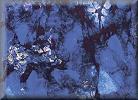
1910 - 1911

(Žena v trojúhelnících)
1910 - 1911

1910 - 1912

1911 - 1920
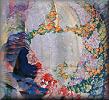
1912
oil, canvas, 211 x 220 cm, The National Gallery in Prague
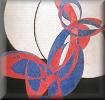
1912 - 1913
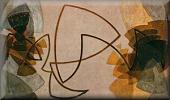
1912 - 1913
olej na plátně, 180 x 150 cm, ze sbírky Jana a Medy Mládkových

1912 - 1913

(1913 - 14) Oil on canvas, 21 3 x 15# (55.2 x 38.1 cm) The Museum of Modern Art, New York. The Riklis Collection of McCrory Corporation

(1918)
Čtyři zemské znaky a nápis 22.pluk čs.vojska.
Hrot žerdě tvořilo propletené čtyřkruží, symbolizující jednotu Čech, Moravy, Slezska a Slovenska.
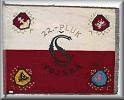
(1918)
Nápis Co srdce pojí moře nerozdvojí.
Hrot žerdě tvořilo propletené čtyřkruží, symbolizující jednotu Čech, Moravy, Slezska a Slovenska.
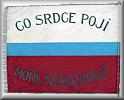
(-1918)

1920 - 1921

kolem r. 1920 - 1921
olej na plátně, 73 x 60 cm ze sbírky Jana a Medy Mládkových

datováno 1927
(olej, plátno 46,5 x 55 cm)
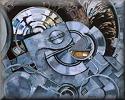
1927 - 1929
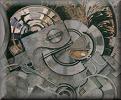
(1928)

(1925-1930)

c. 1930
gouache on paper, 28 x 27.9 cm
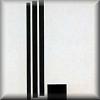
1937
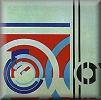
1938
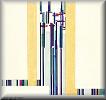
logo for Koh-i-noor company
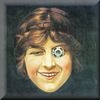

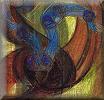
Paris 1926
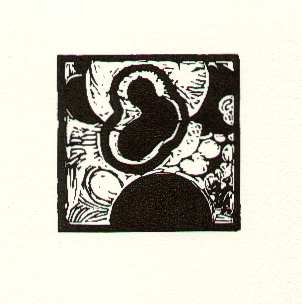 . . .
. . .
